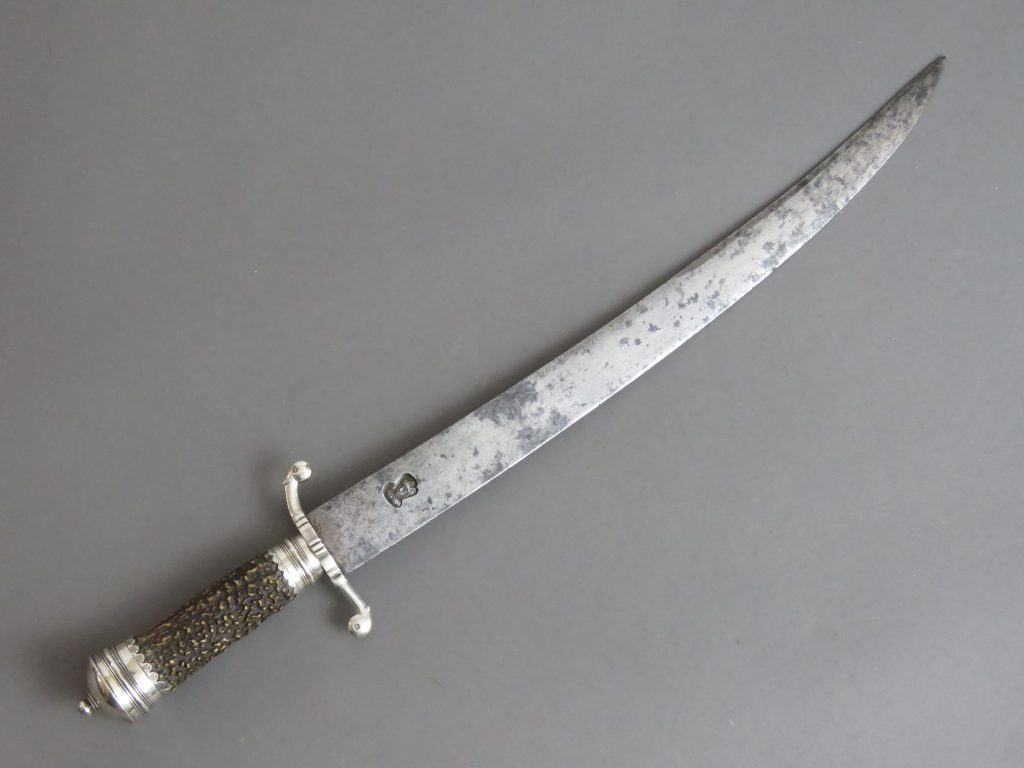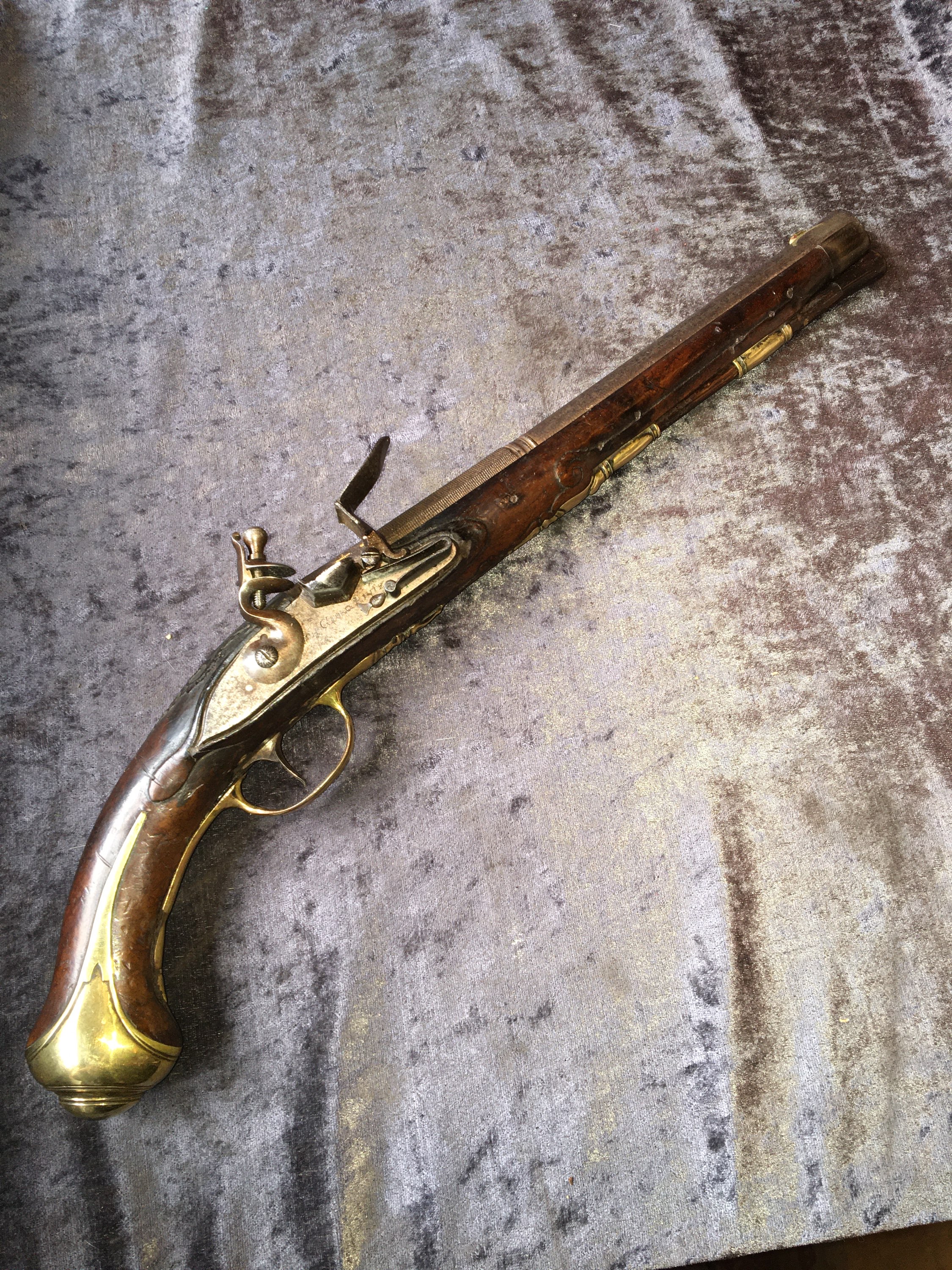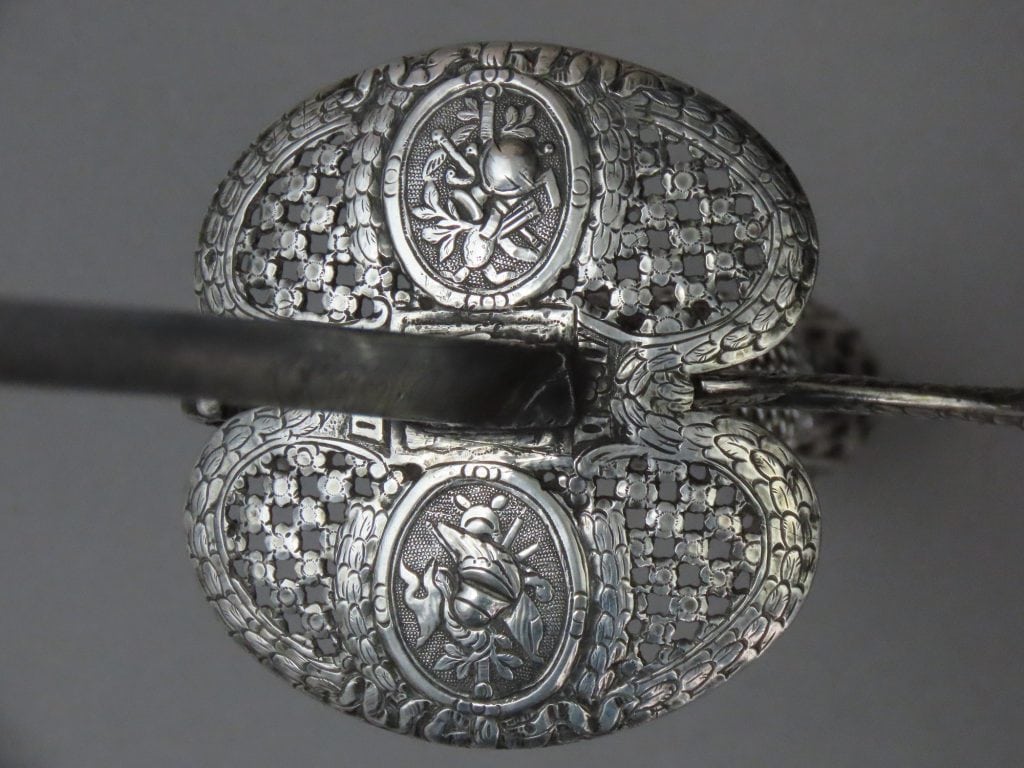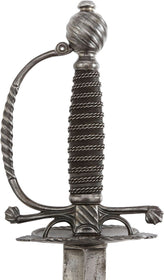For Sale
The following items are listed by for sale by users of the site and dealers. They are in no way endorsed or guaranteed by www.antiquearmsresearch.com
Add a Classified ItemYou can also receive regular email notifcations when items match your keywords. To recieve them just register or logon at the top right of this page.
- Nation : British
- Local Price : £1875
- Nation : British
- Local Price : £1850
- Nation : French
- Local Price : £1850
- Nation : British
- Local Price : £1850
- Nation : British
- Local Price : £1,850.00
- Nation : -
- Local Price : 2,550.00 USD









